Historical Sites That Are Still Standing To This Day
Advanced human civilizations date back several thousand years — a blink of an eye in geological terms, but long enough for numerous civilizations to rise up, build monuments, and then disappear or disperse.
Along the way, humans have built dwellings, temples, tombs, and other monuments. While most have been lost to history, a select few still remain.
Skara Brae, Scotland: 3180 BCE
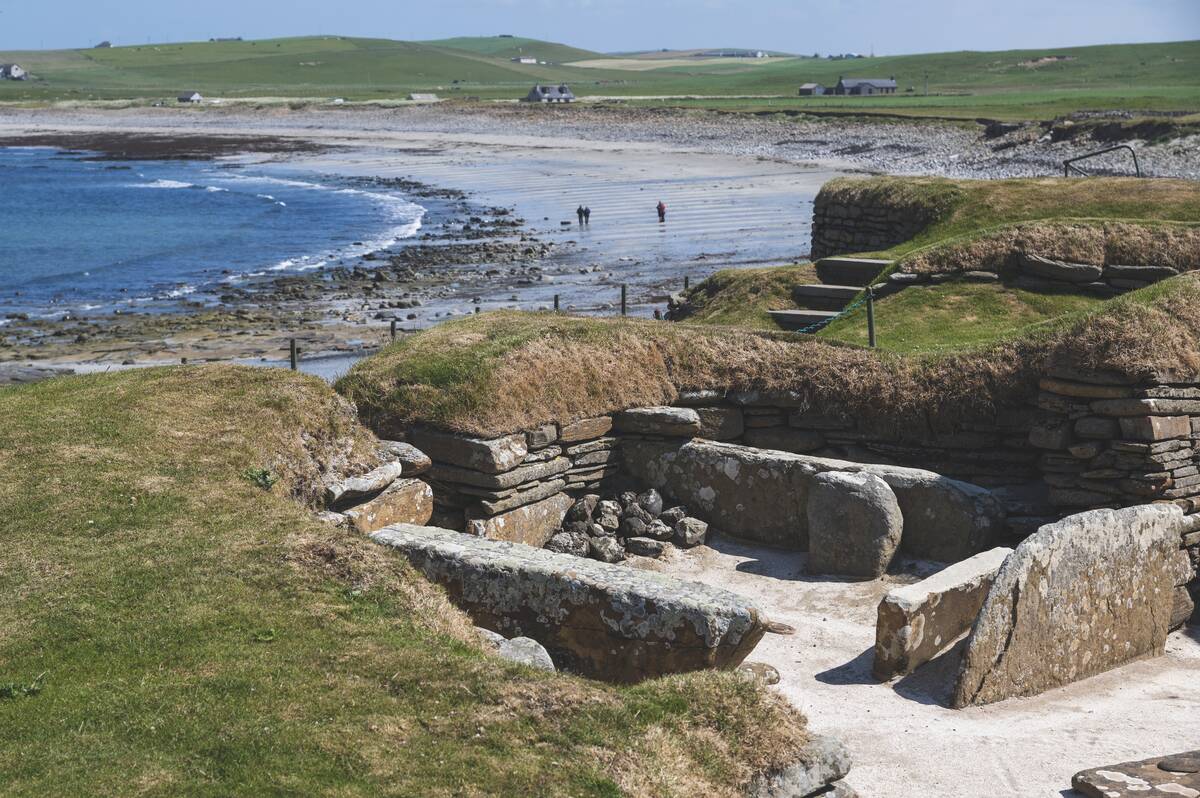
One of the best-preserved Neolithic settlements in Europe, Skara Brae is located in Scotland’s Orkney Islands and was only discovered in 1850 after it was uncovered by a fierce storm.
Skara Brae is essentially a small Neolithic village, composed of stone houses, furniture, and household items, all constructed from local sandstone.
Dowth, Ireland: 3200-2900 BCE
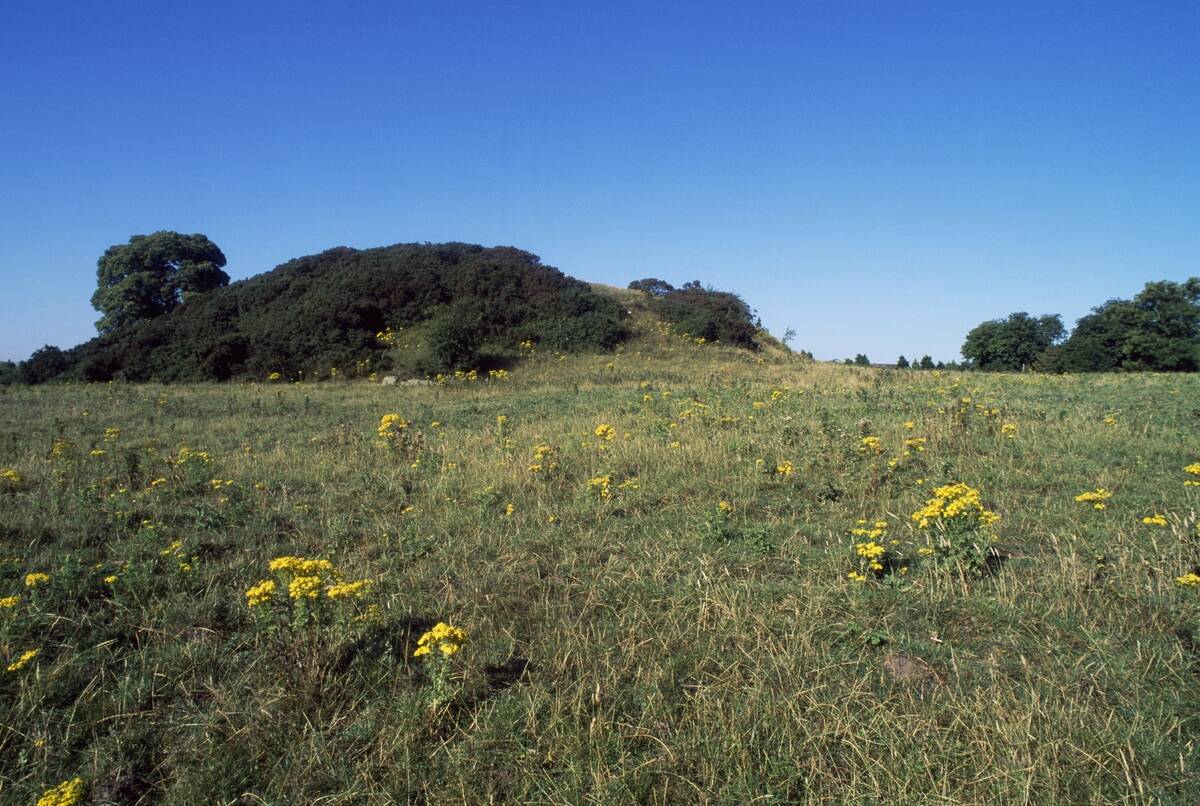
Dowth, like other Neolithic ruins, appears to be a large mound from a distance. At closer range, though, it becomes clear that Dowth was a passage tomb, consisting of a passageway that leads to a central chamber within the mound.
It’s believed that Dowth was used for ceremonial purposes, as its chamber aligns with the sun during the winter solstice.
Knowth, Ireland: 3200 BCE
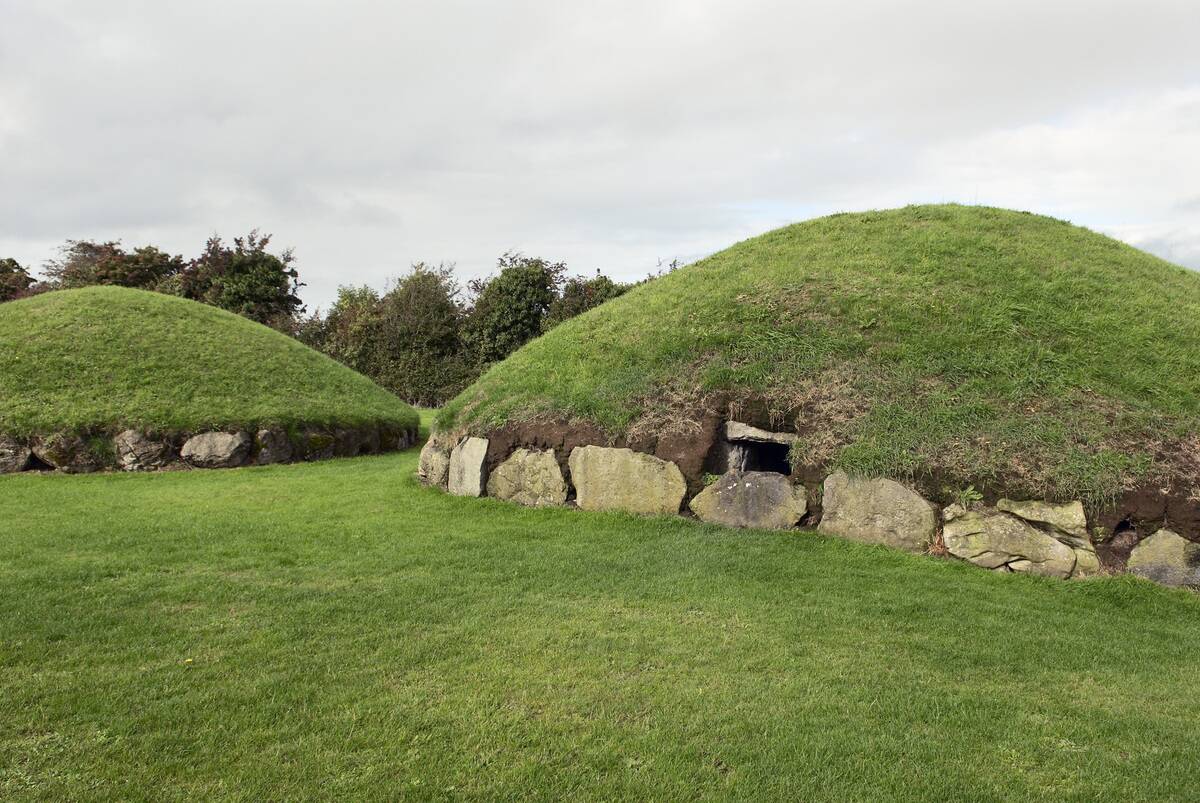
Another large Neolithic passage tomb, Knowth features not just a large central tomb built into a mound, but 18 smaller satellite tombs in the area.
Knowth stands out from similar Neolithic tombs because it features an extensive collection of megalithic art, featuring spirals, zigzags, and other motifs.
Newgrange, Ireland: 3200 BCE

Along with Dowth and Knowth, Newgrange forms part of the Brú na Bóinne UNESCO World Heritage Site, and is generally considered to be the best-known of the three monuments.
Newgrange is famous for its winter solstice phenomenon, in which sunlight illuminates its inner chamber each year during the solstice.
Shahr-e Sukhteh, Iran: 3200 BCE
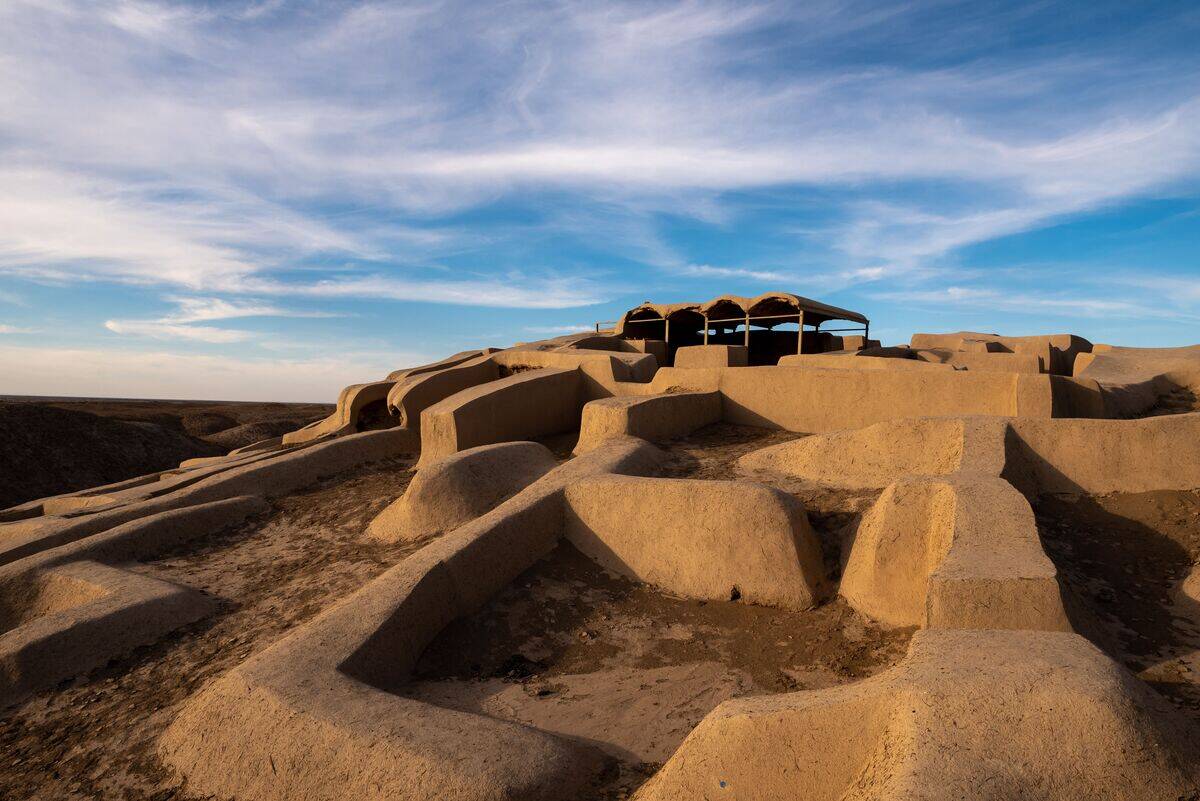
Translated as “the burnt city,” Shahr-e Sukhteh is a large-scale archaeological site in Iran that dates back to the Bronze Age.
Historians have noted that the city was an example of sophisticated urban planning, complete with advanced drainage systems and evidence of early metallurgy.
Tarxien Temples, Malta: 3250 BCE
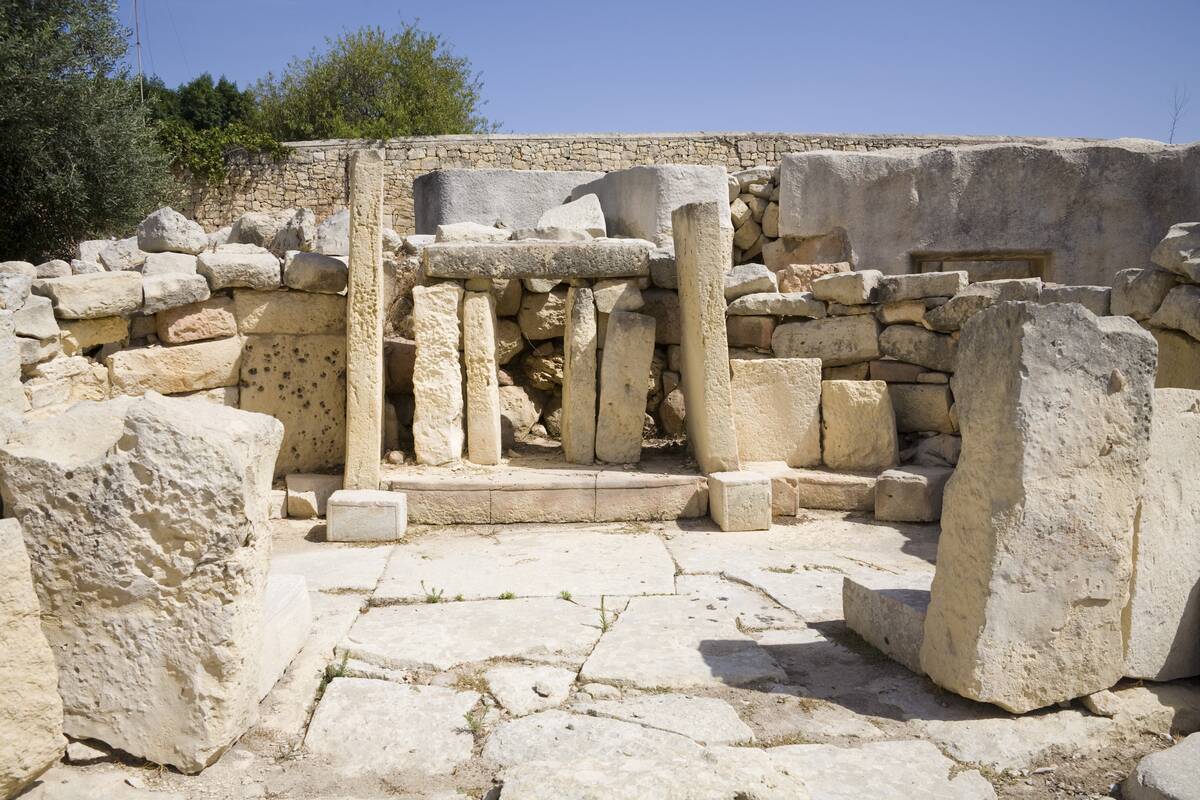
The island of Malta is well known for its archaeological sites, of which the Tarxien Temples are one of its most famous. These well-preserved temples feature stone carvings, altars, and large circular structures.
Several sculptures, including some depicting animals and a statue of a mother goddess, offer unique insights into Malta’s earliest inhabitants.
Quanterness, Scotland: 3250 BCE

This Neolithic chambered cairn can be found in the Orkney Islands, much like Skara Brae. While Quanterness isn’t as well-preserved, it’s decidedly more ancient.
Excavations have revealed artifacts that include pottery and human remains, which suggests that it was used for funeral rituals as well as other ceremonial purposes.
Knowe of Yarso, Scotland: 3350 BCE
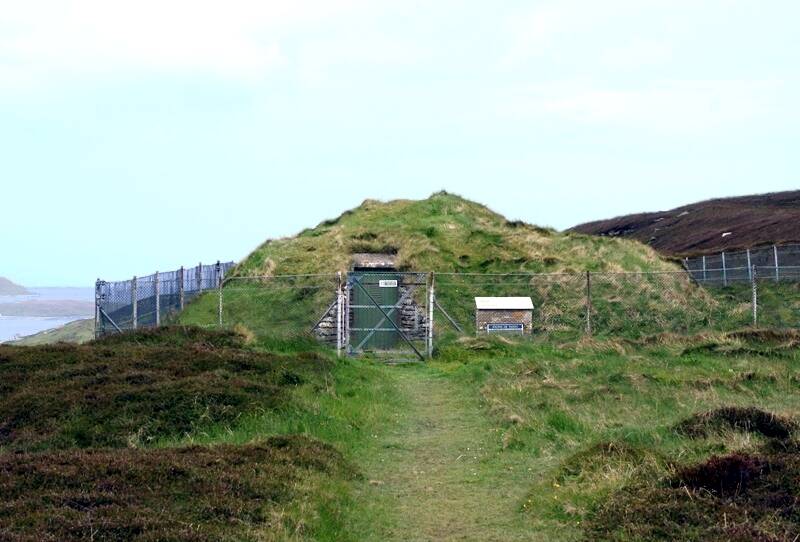
Yet another monument found in the Orkney Islands, the Knowe of Yarso is one of several prehistoric burial sites in the area.
The construction of the Knowe of Yarso shows relatively sophisticated engineering techniques, evidence of the architectural practices of ancient people in the area.
Loughcrew, Ireland: 3400 BCE
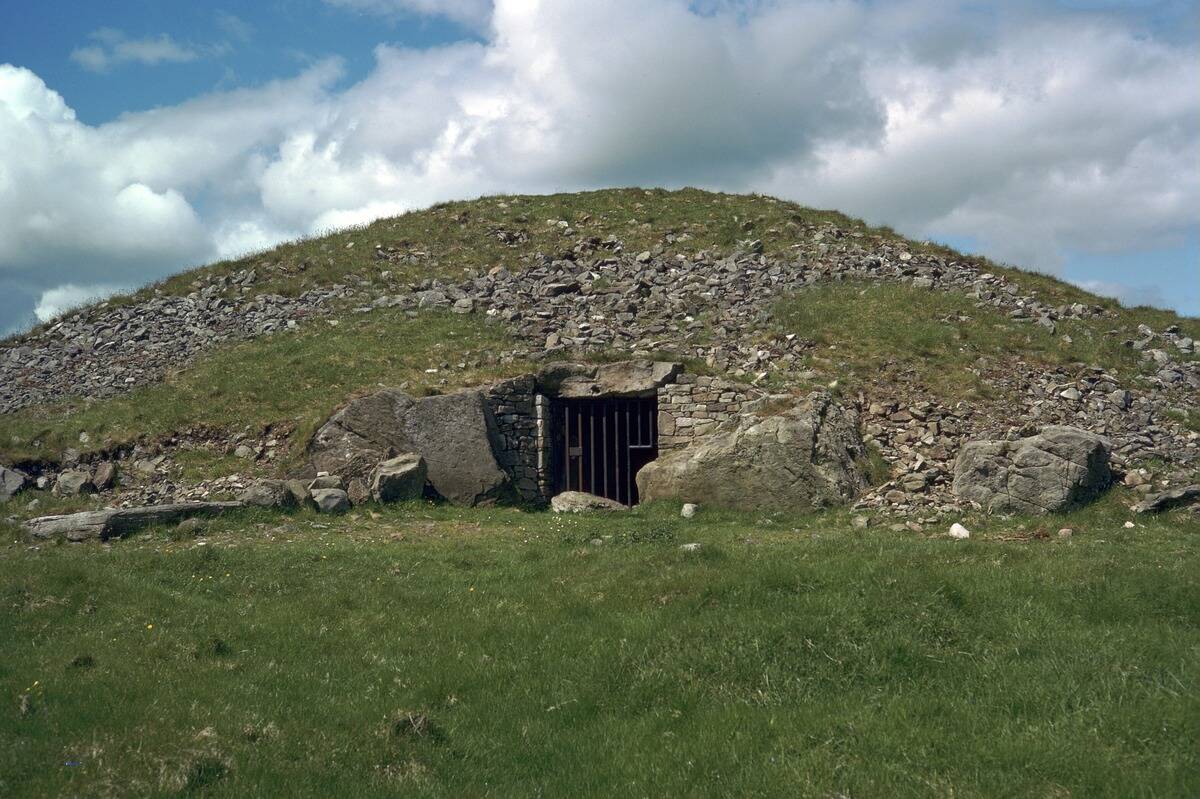
Loughcrew features a large central mound which contains passageways, tombs, and intricate carvings along its walls.
Elsewhere in the complex, archaeologists have uncovered cairns that align with significant astronomical events, indicating that Ireland’s ancient people observed celestial events, even if they may not have fully understood them.
Unstan Chambered Cairn, Scotland: 3450 BCE
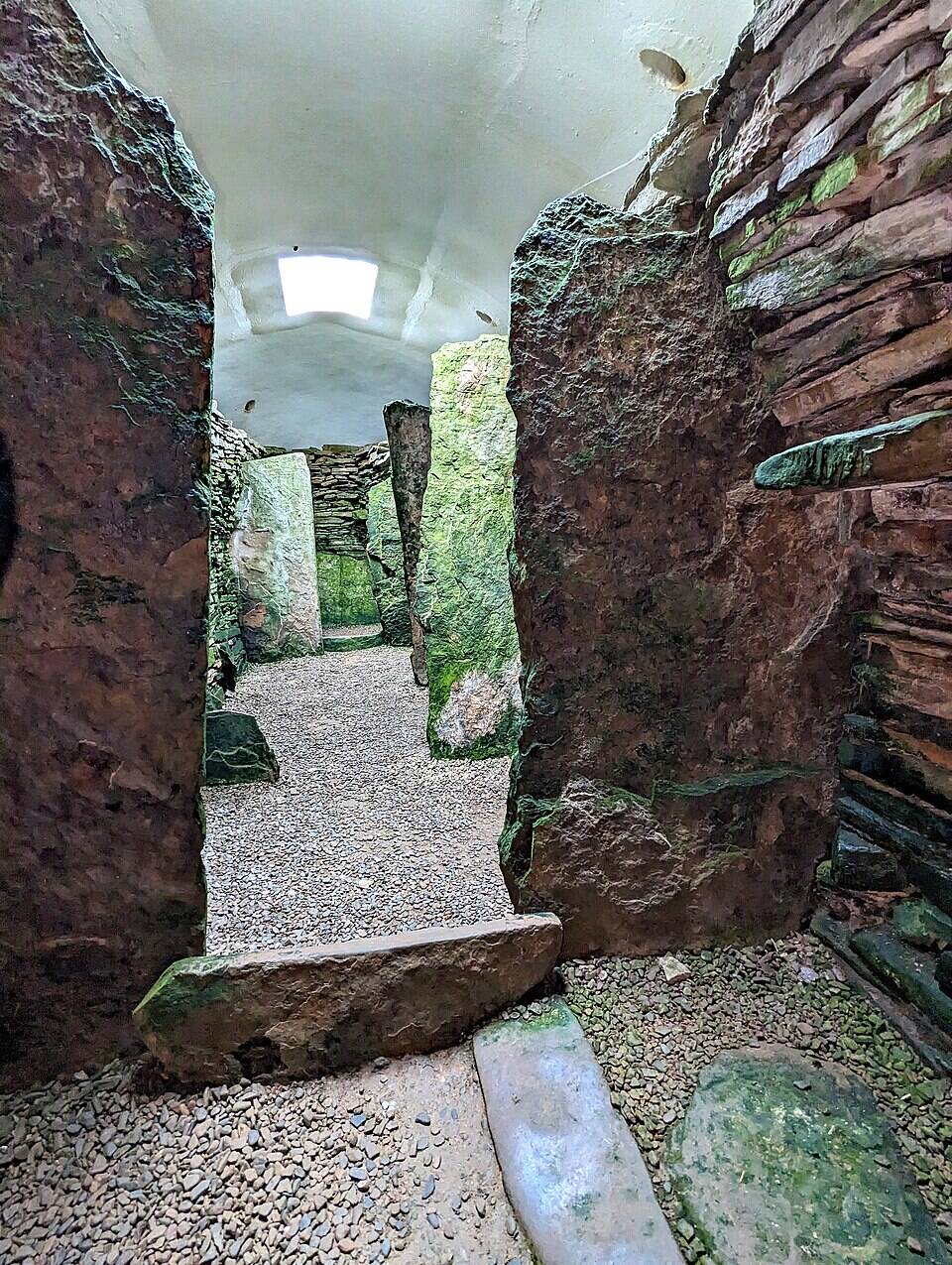
This chambered cairn has a central chamber with a passage leading to it, similar to other cairns in the British Isles.
Unstan is believed to have been used for communal burials, as remains of multiple people, dating back to roughly the same time, have been found inside.
Wayland’s Smithy, England: 3460 BCE
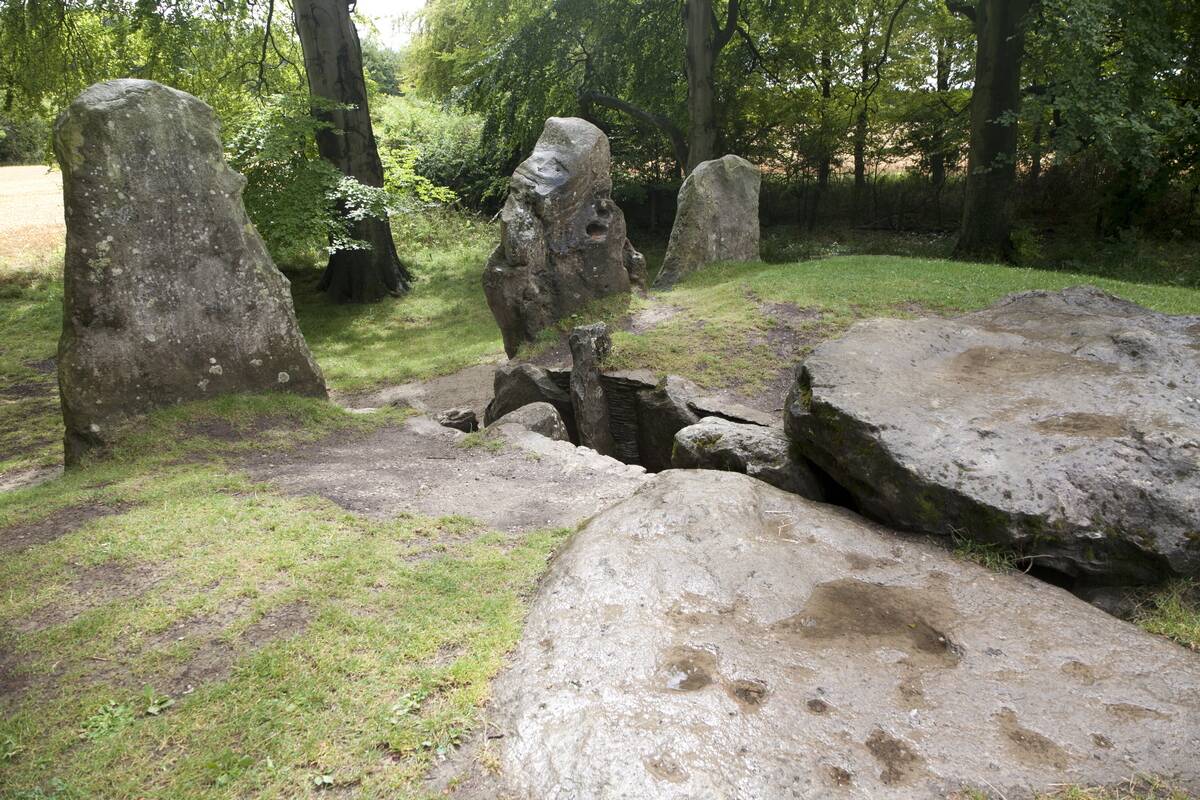
Wayland’s Smithy is actually a chambered tomb, but it acquired its name thanks to the story of Wayland, a mythical blacksmith who looms large in local Anglo-Sacon lore.
The cairn is mostly sunken into the ground, but its hilltop location and numerous tools and other artifacts suggest that it had a ceremonial purpose.
Gavrinis Tomb, France: 3500 BCE
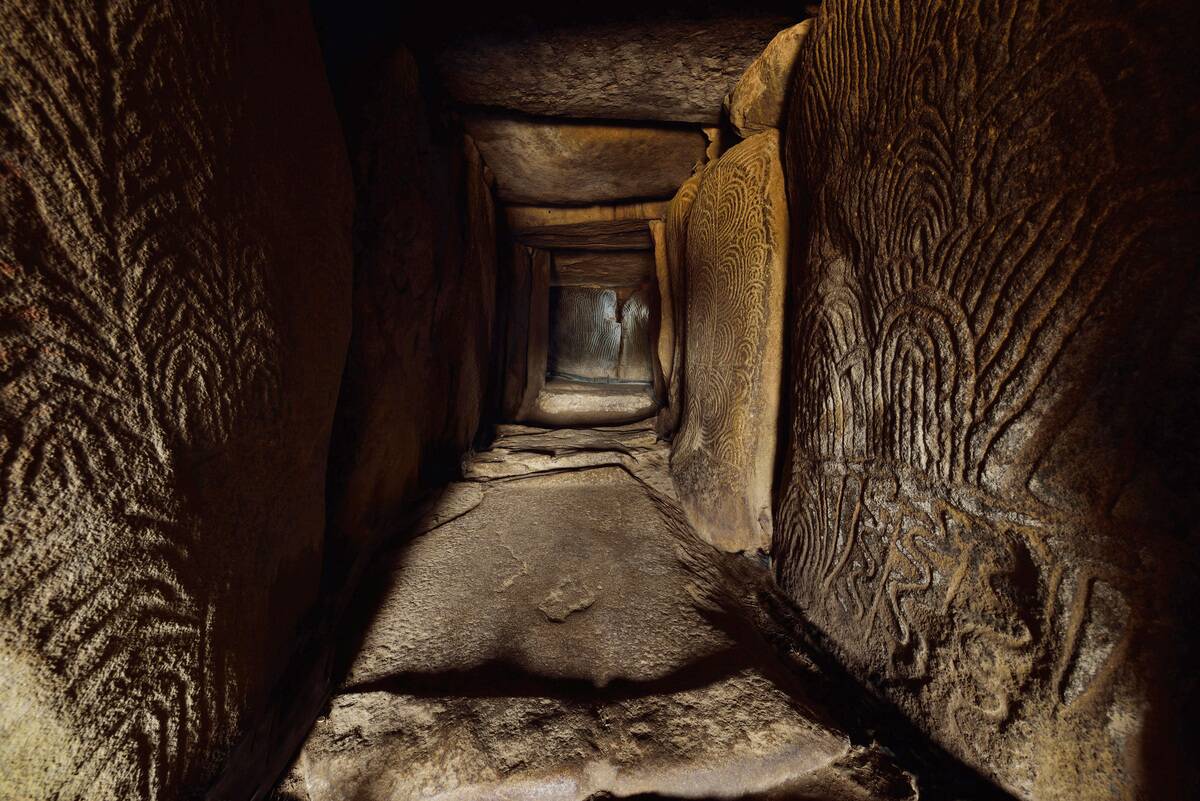
This remarkable Neolithic burial site is located on a small island in the Gulf of Mobihan in southern France.
The tomb is built into a large cairn and features an impressive array of megalithic art. Its internal structure was discovered in 1835, and research has been underway ever since.
Midhowe Chambered Cairn, Scotland: 3500 BCE
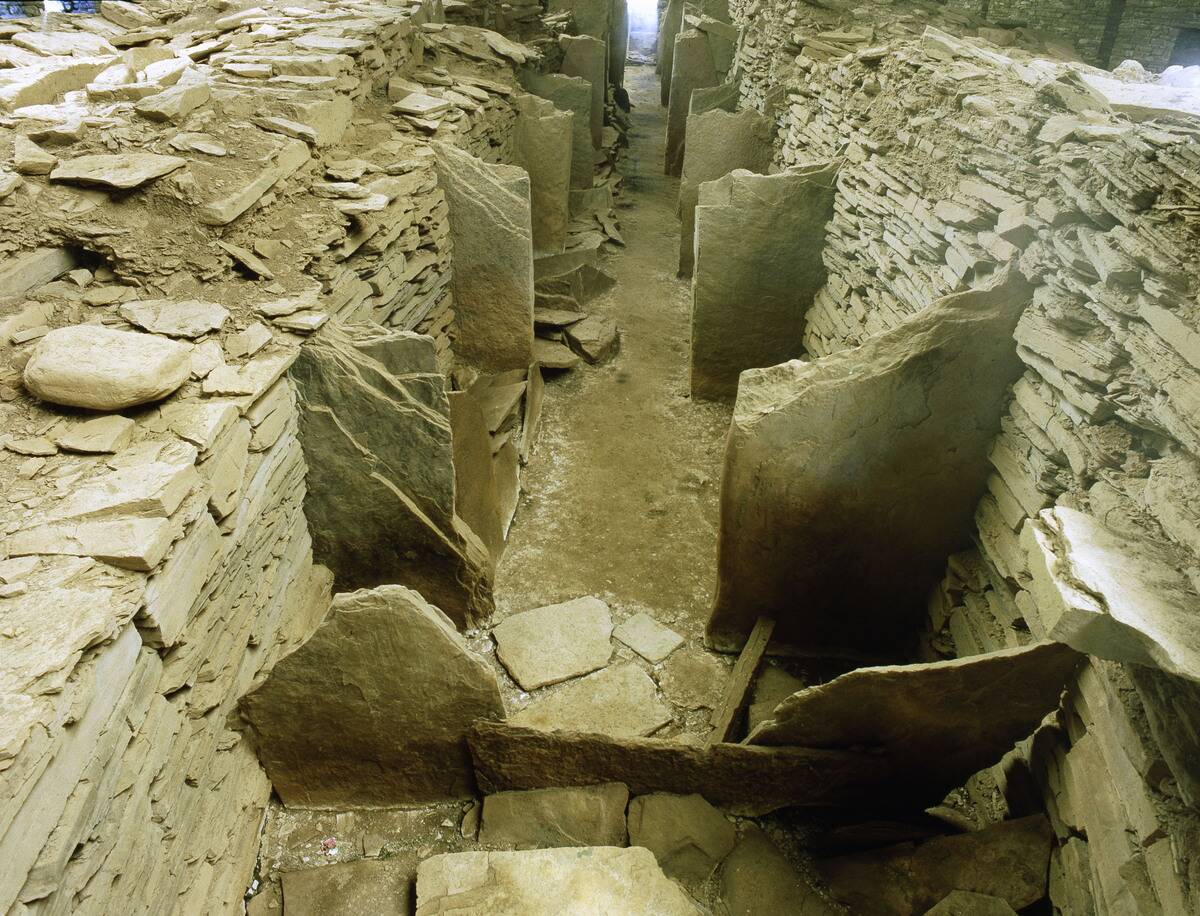
This chambered cairn on the island of Rousay, Orkney, Scotland, is the middle of three structures in the area.
These tombs are known as “stalled” cairns because of their internal structure, which features chambered side spaces that are somewhat reminiscent of horse stalls.
Dholavira, India: 3600 BCE
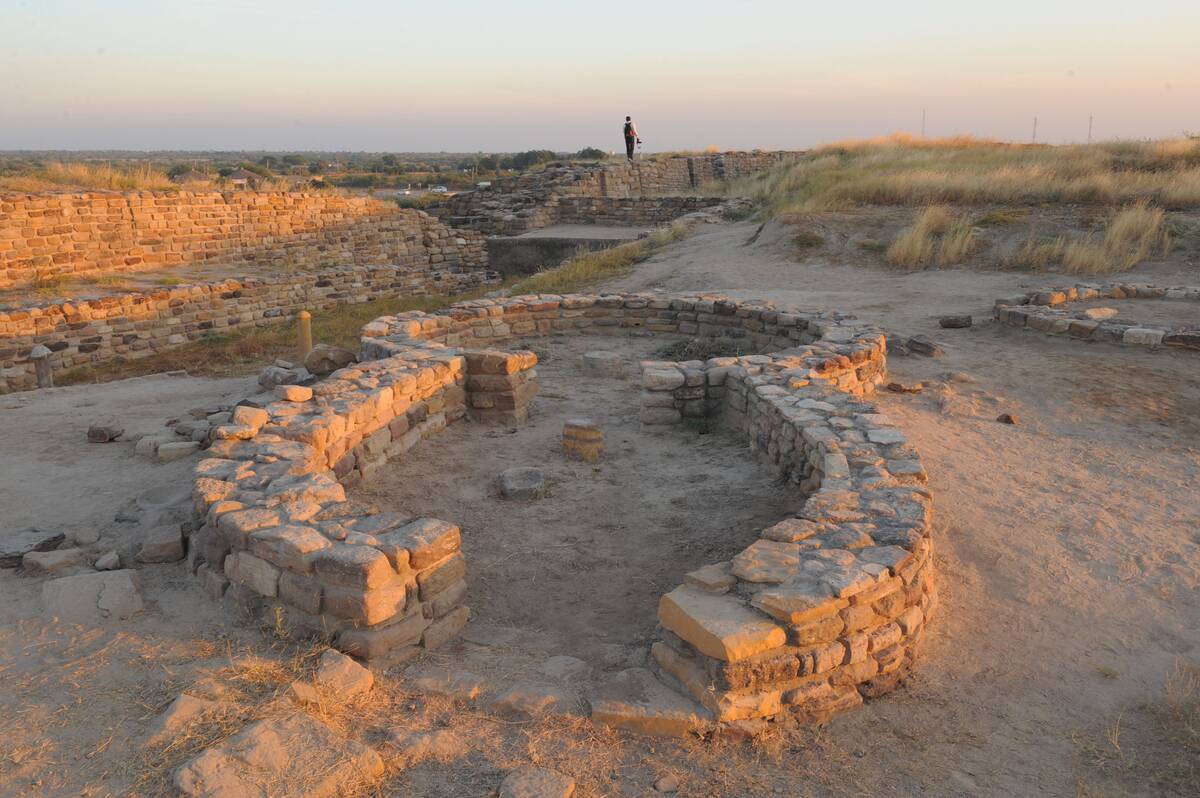
Dholavira was discovered in the early 1960s and was named for a modern-day village in the area, and has been under excavation since 1990.
The site consists of an ancient village, in which archaeologists have uncovered artifacts ranging from animal bones to precious metals. It’s still being excavated.
Sechin Bajo, Peru: 3500 BCE
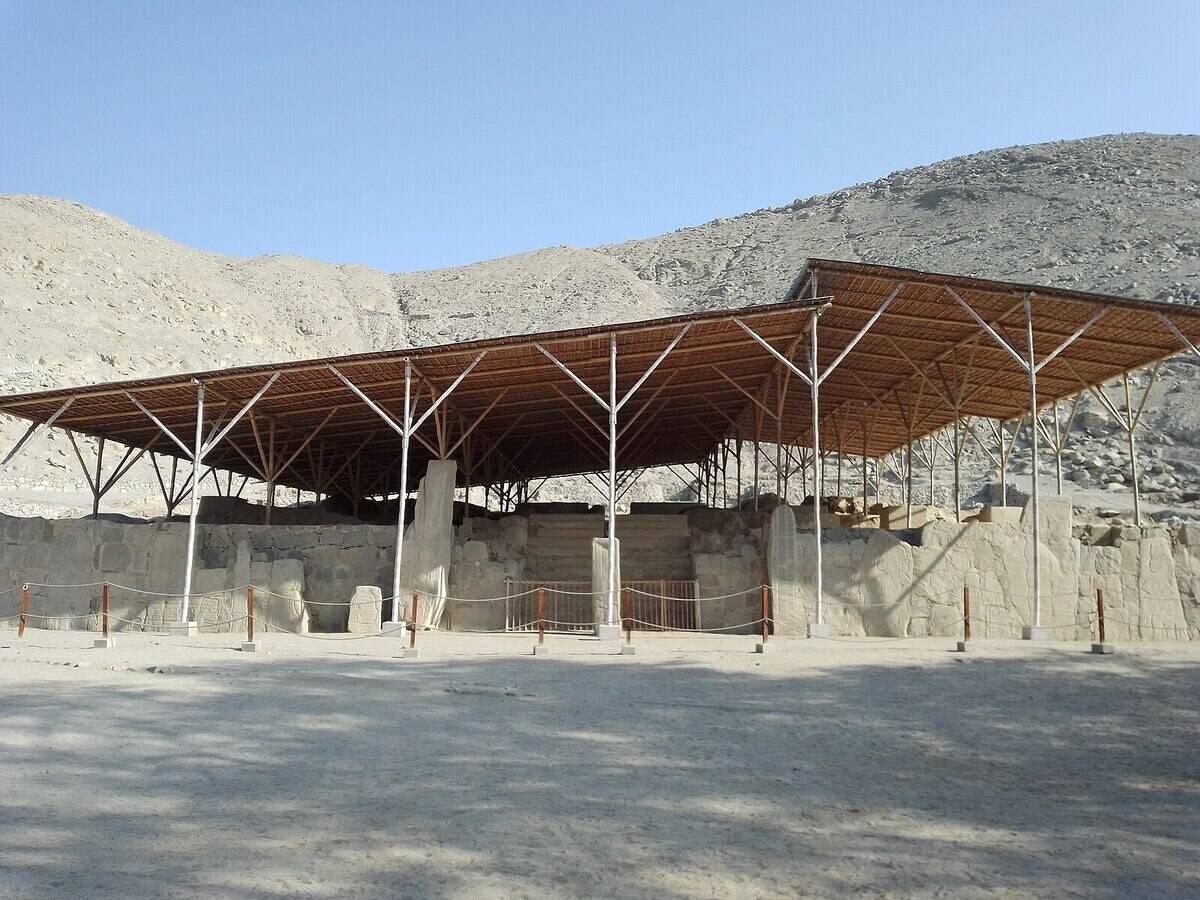
One of the oldest civilization centers on the planet, Peru’s Sechin Bajo is an ancient population center with a large circular plaza at its center.
The ruins of Sechin Bajo cover a wide area and feature several other sunken plazas along with numerous stone buildings.
Stoney Littleton Long Barrow, England: 3550 BCE
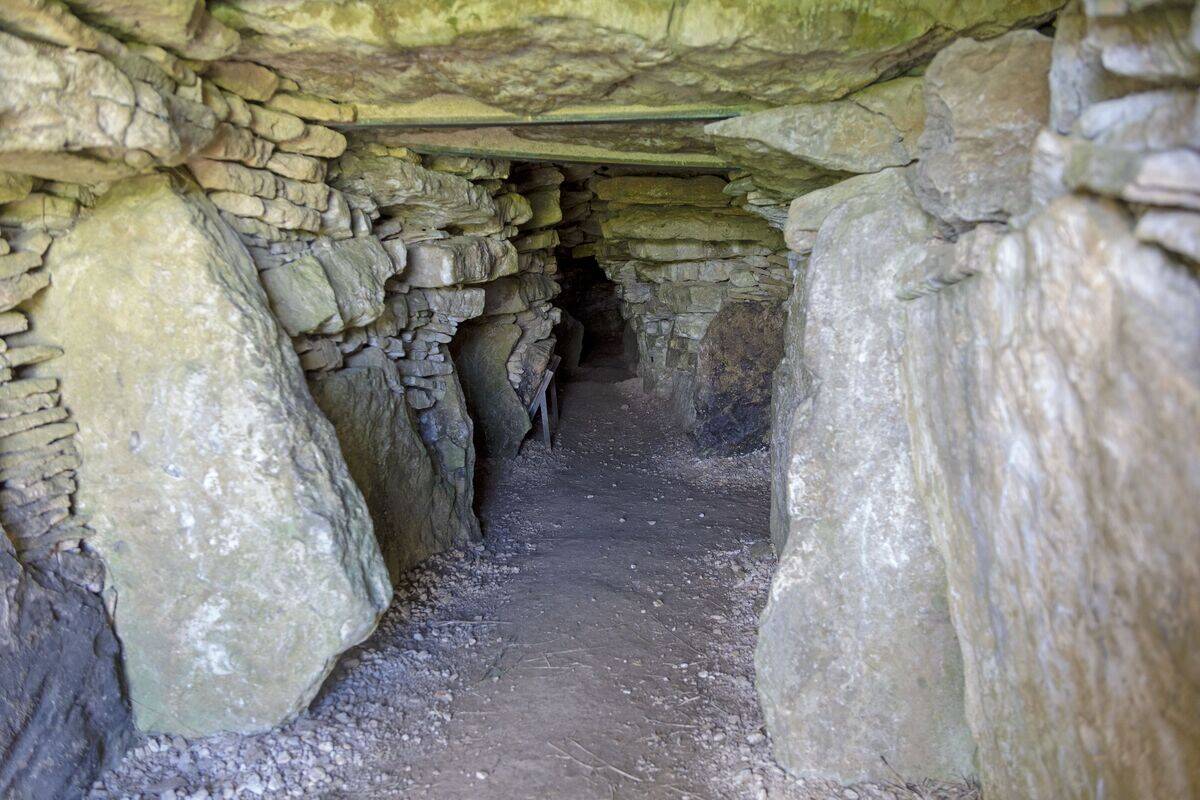
This Neolithic tomb in the English county of Somerset incorporates multiple burial chambers and was built more than 5,000 years ago.
The main stone structure at Stoney Littleton Long Barrow is nearly a hundred feet long. Unlike most similar barrows, Stoney Littleton is not located on flat ground.
Listoghil, Ireland: 3550 BCE
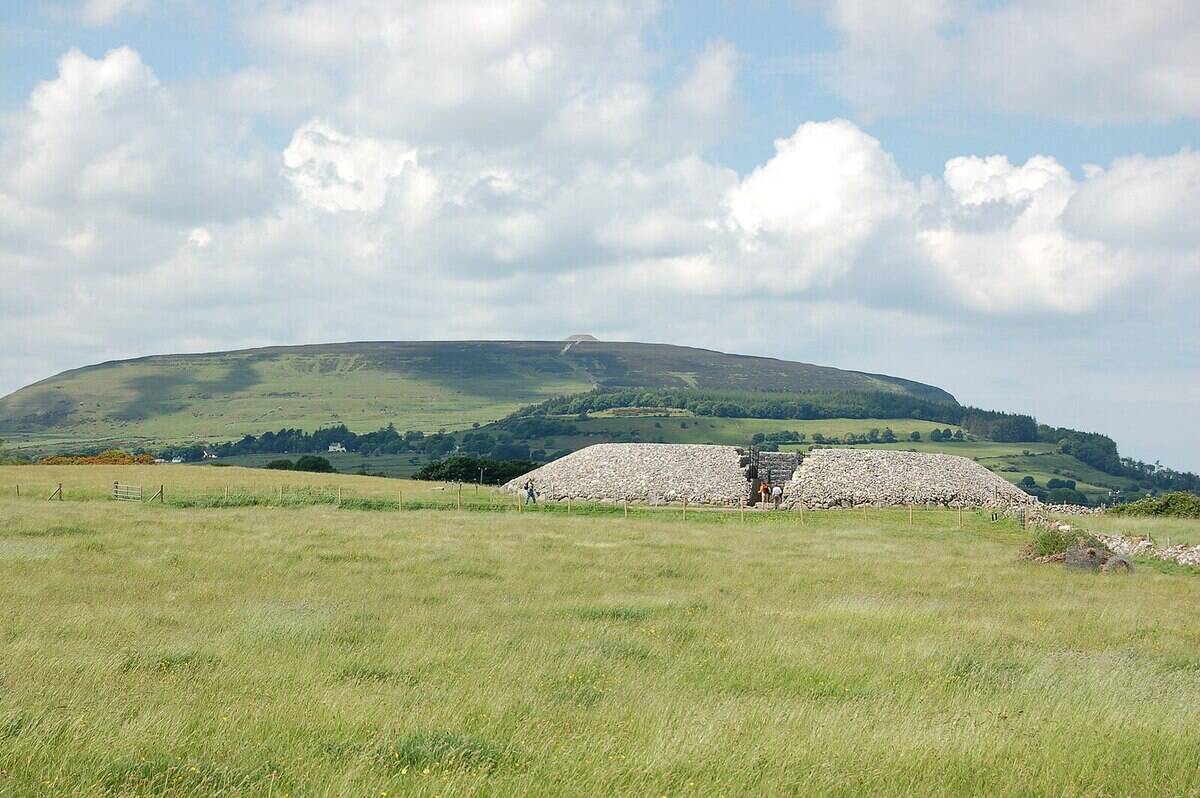
The central monument of Ireland’s Carrowmore group of prehistoric tombs, Listoghil was rediscovered in the 1880s when local workmen were excavating stones in the area.
Historians uncovered more of the site in the decades to follow. There have been tantalizing references to another nearby cairn, but to date, this site hasn’t been found.
West Kennet Long Barrow, England: 3650 BCE
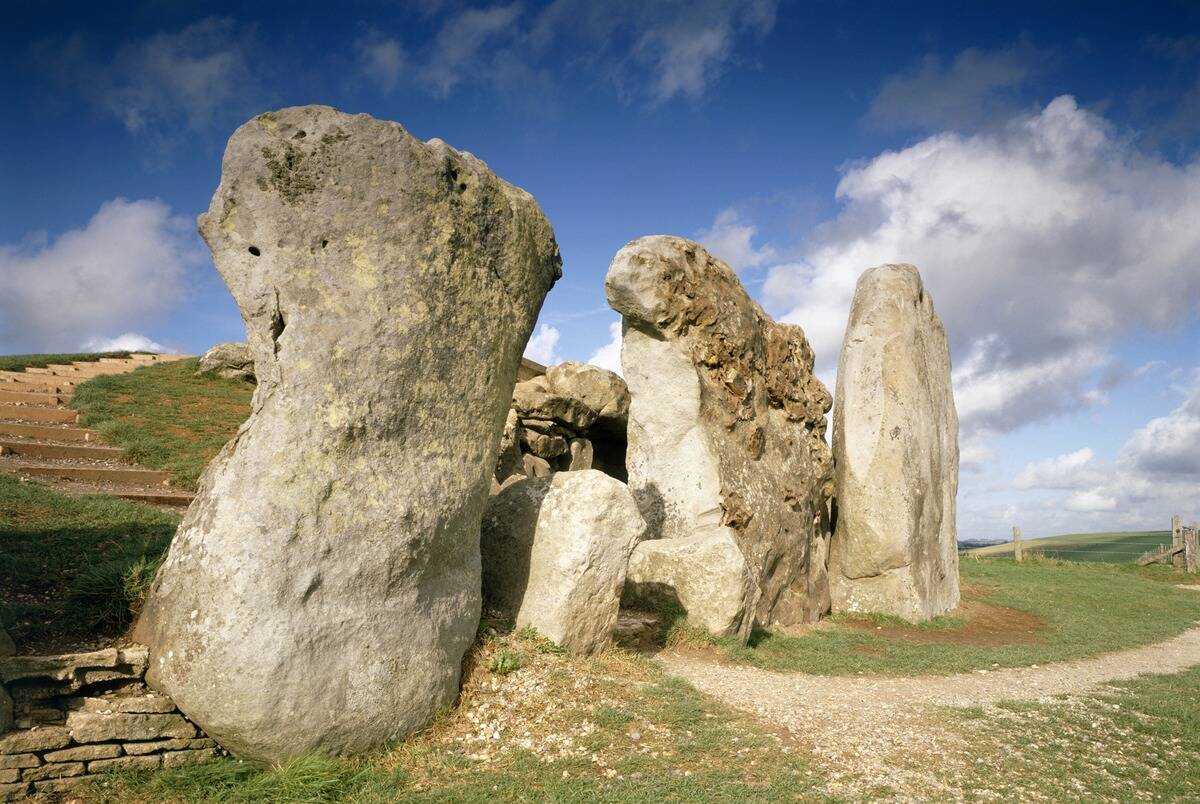
Constructed during England’s Early Neolithic period, West Kennet Long Barrow dates back to the time shortly after the introduction of agriculture to the region.
While it may seem similar to other Neolithic barrows, West Kennet is actually part of a smaller subgroup of barrows in Western Britain.
Dolmen of Menga, Spain: 3700 BCE
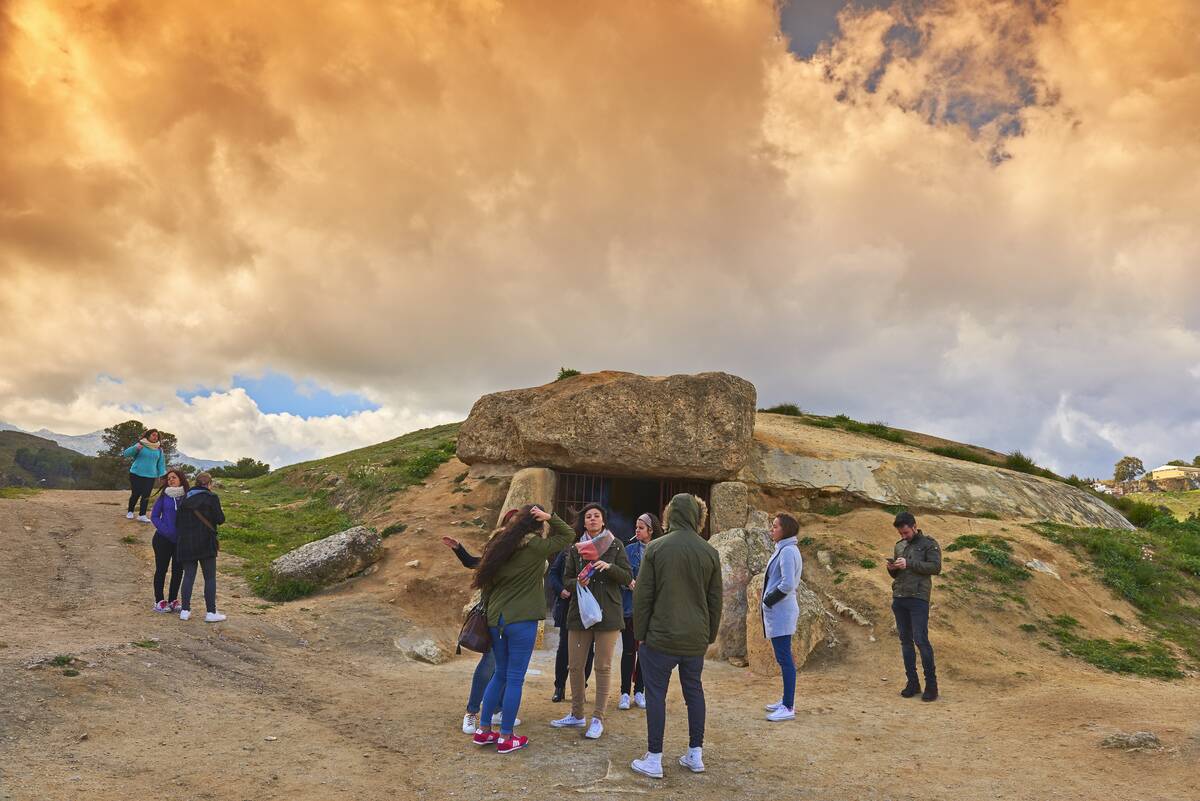
This ancient burial mound near Antequera, Málaga, Spain, is one of the largest ancient structures in Europe, measuring 90 feet long by 20 feet wide and 11 feet high.
The grand site also features 32 megaliths (large stones used in prehistoric construction), the largest of which weighs around 200 tons.
Ġgantija, Malta: 3700 BCE
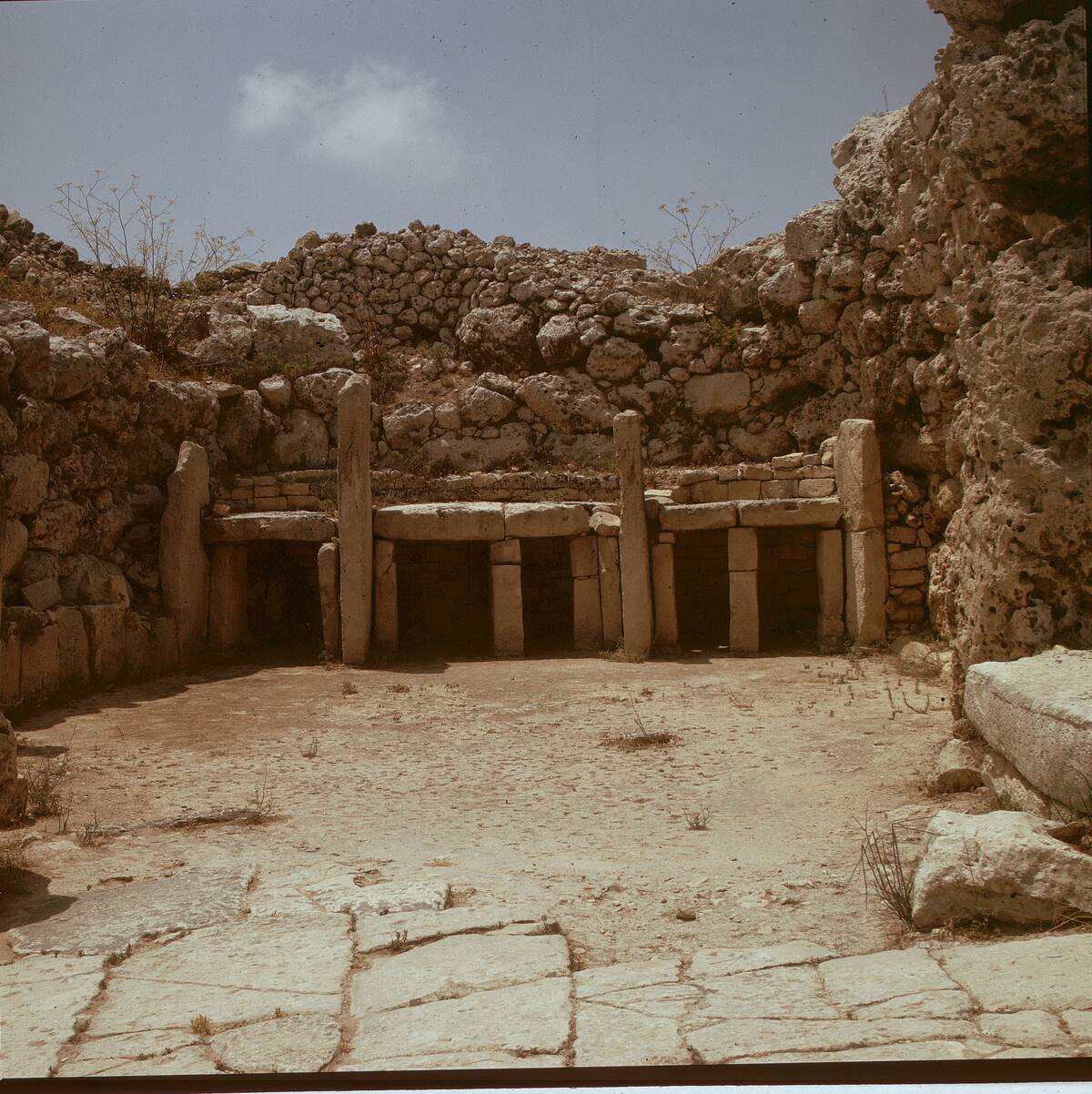
Ġgantija (literally “place of giants”) is a megalithic temple complex on Malta’s Gozo Island.
Unlike many other ancient sites, archaeologists have a fairly complete understanding of the rituals that went on at Ġgantija. Because of the fertility statues and figurines found on the site, it’s likely that Ġgantija was used as part of a fertility rite.
Knap of Howar, Scotland: 3700 BCE
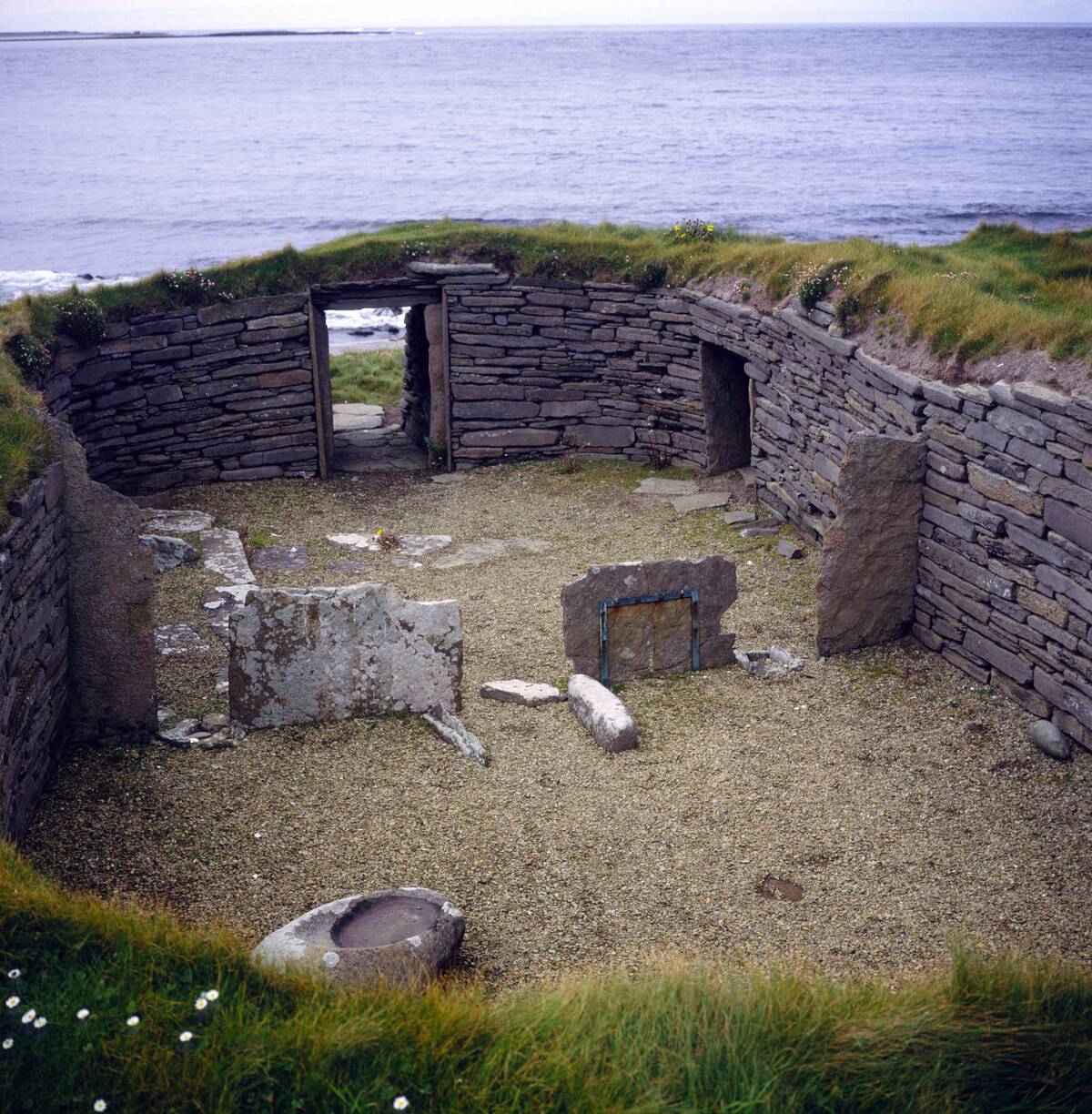
Another ancient structure in Orkney, Scotland, the Knap of Howar may be the oldest preserved stone house in northern Europe — older than Skara Brae.
The Knap of Howar isn’t an ancient temple or tomb, but is instead a humble stone farmstead. It consists of two buildings with low doorways that face the sea.
La Hougue Bie, Jersey: 4000-3500 BCE
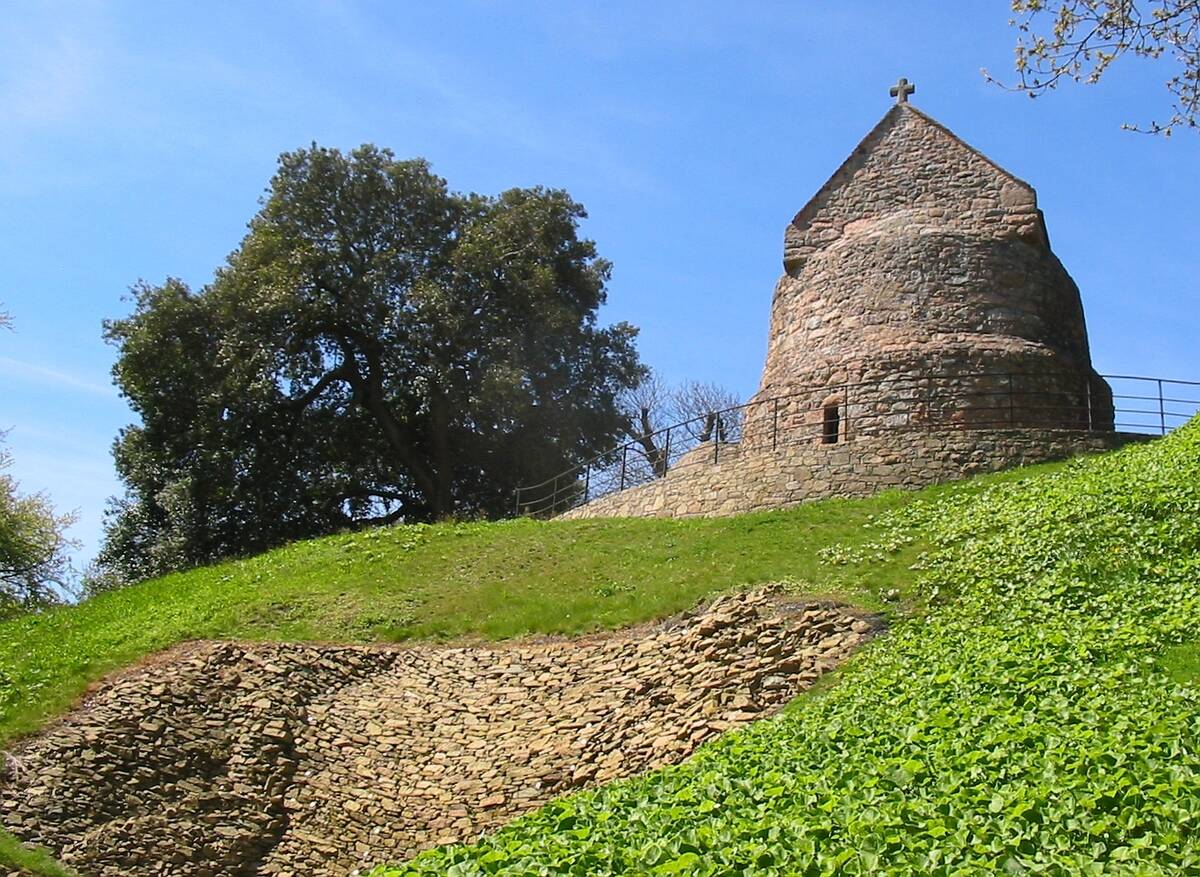
La Hougue Bie is an ancient historic site on the island of Jersey. Like other Neolithic sites, there’s a large earthen mound at La Hougue Bie with a long passage chamber inside.
On top of the mound are two newer (but still old) buildings — one chapel dating from the 12th century, and another dating from the 16th century.
Monte d’Accoddi, Italy: 4000-3650 BCE
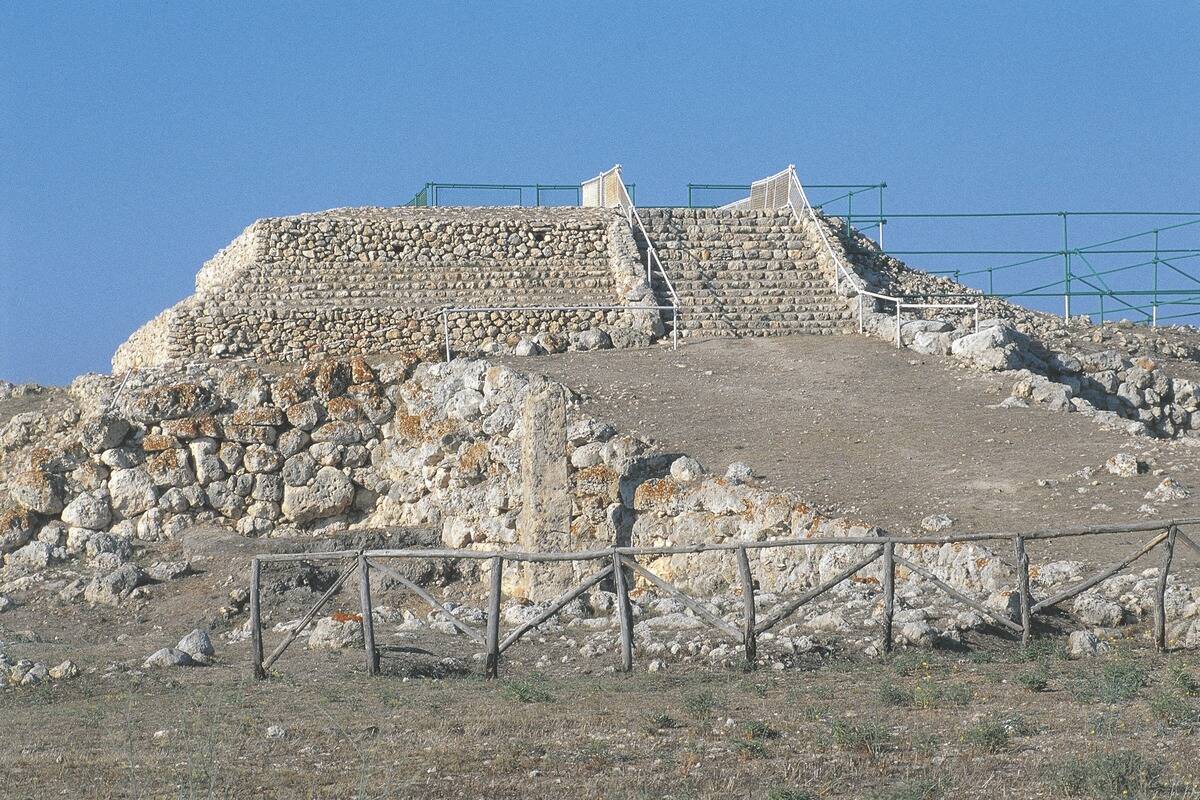
This site in northern Sardinia consists of the ruins of a large raised stone platform, which appears to be an altar for some sort of ceremony.
Monte d’Accoddi doesn’t feature an internal structure or any tunnels, so it’s believed that any buildings or rooms on site would have been constructed on top of the altar.
Saint-Michel Tumulus, France: 4500 BCE
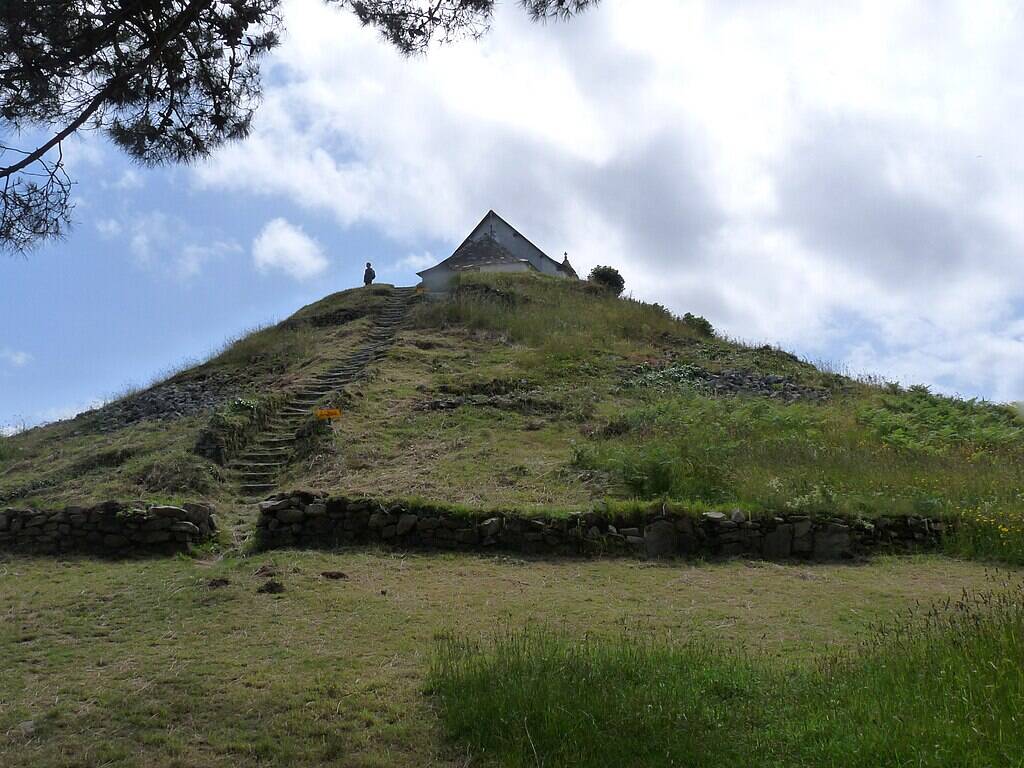
This large grave mound in Brittany, France, is the largest such structure in continental Europe, measuring 410 feet long, 160 feet wide, and 33 feet high.
Inside the mound, archaeologists have unearthed a central vault with various ancient treasures, including axes, pearls, and flint tools.
Barnenez, France: 4800 BCE
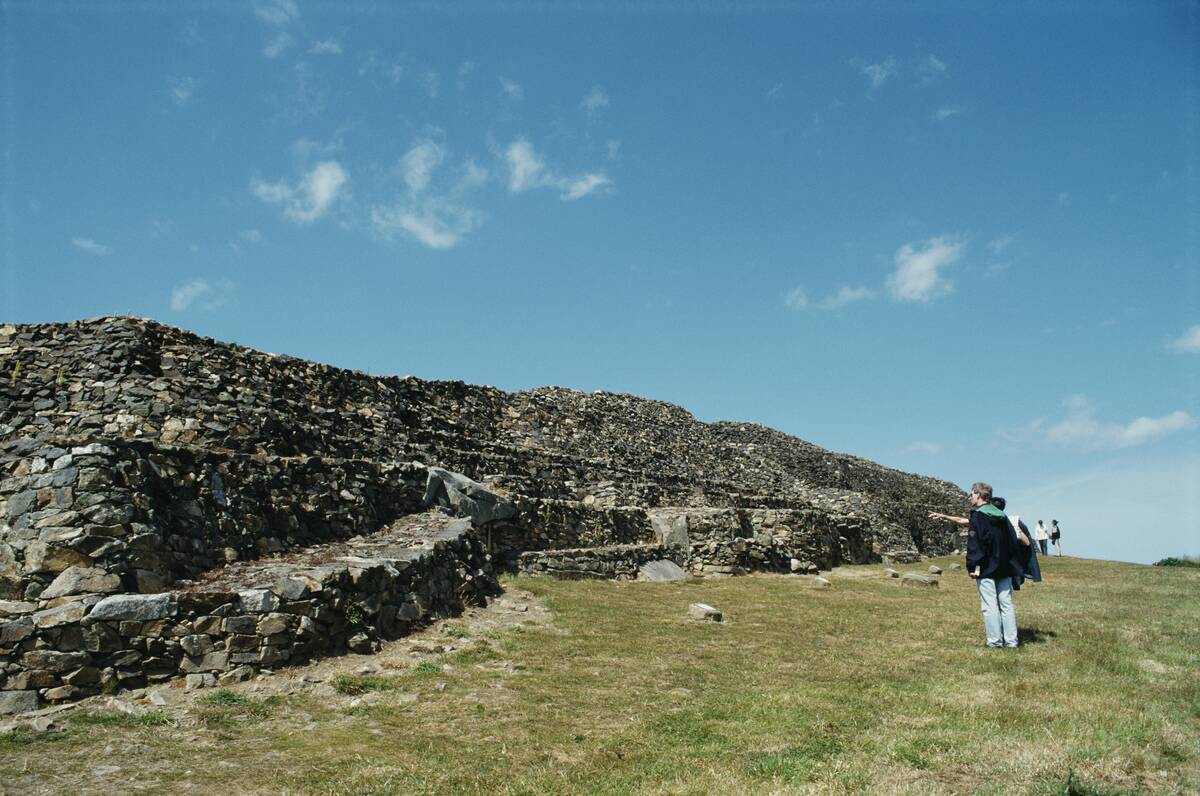
This neolithic monument is not only particularly ancient, but also serves as a showcase for ancient art.
Radiocarbon dating shows that Barnenez was first built between 4850 and 4250 BCE, while an additional phase was completed around two centuries later. Pottery found at the site indicates that it was in use for thousands of years.
Mehrgarh, Pakistan: 7000 BCE
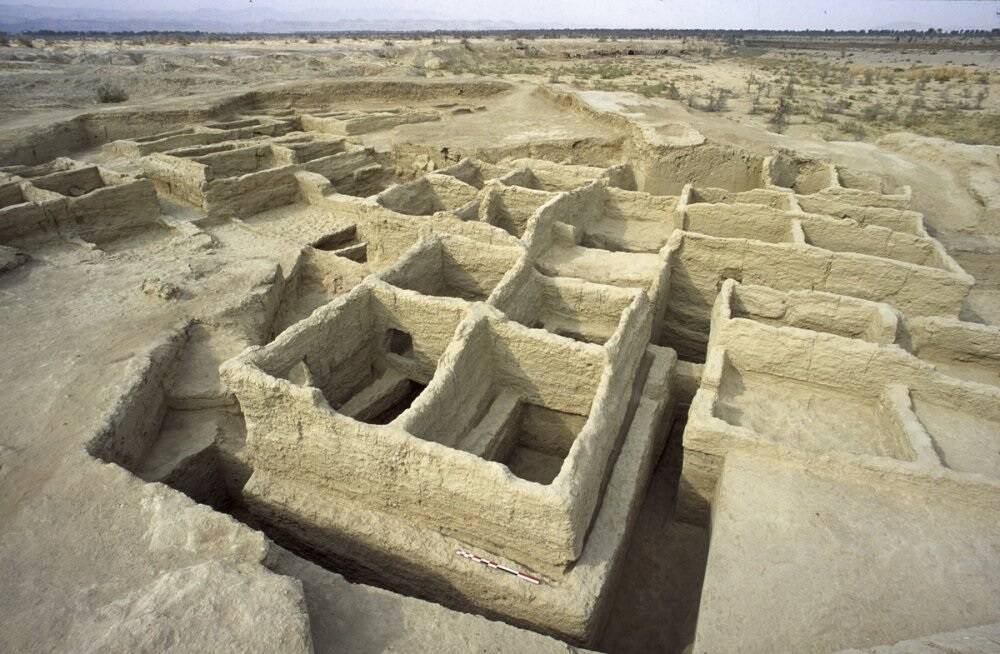
Mehrgarh was unearthed in 1974 by French archaeologists Jean-François Jarrige and Catherine Jarrige, and excavation work commenced over the next decade.
The site features six mounds and a series of interconnected buildings, along with tens of thousands of ancient artifacts.
Çatalhöyük, Turkey: 7500-5700 BCE
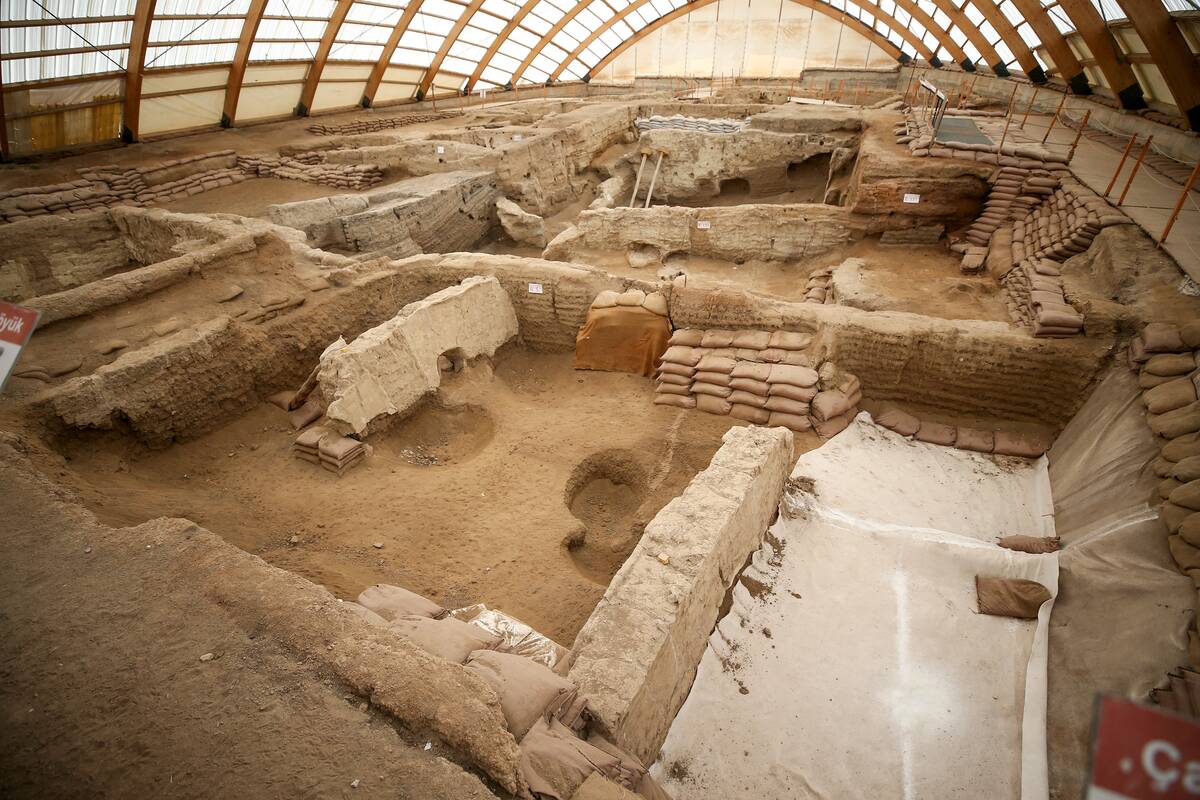
This ancient city in southern Anatolia, Turkey, flourished beween around 7500 BCE and 5700 BCE, making it one of the oldest population centers that’s ever been found.
An intriguing aspect of Çatalhöyük is the fact that it appears to consist of entirely residential buildings clustered together, with no sign of larger public gathering areas.
Tower of Jericho, West Bank: 8000 BCE
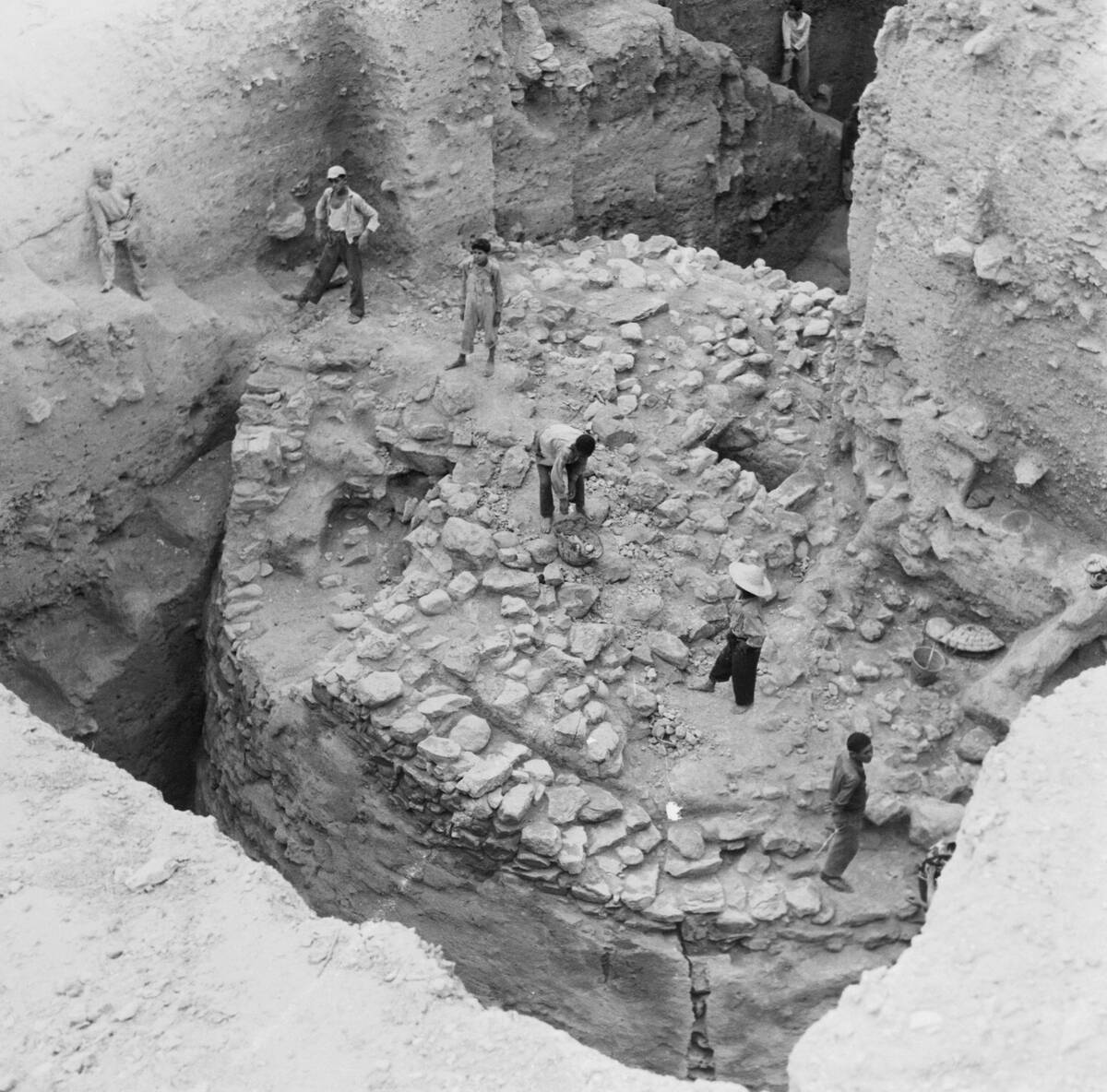
This stone structure is part of Tell es-Sultan, a UNESCO World Heritage Site in the State of Palestine. The well-preserved 28-foot-tall tower gives a glimpse into Jericho’s history as a fortified city.
It’s believed that the Tower of Jericho served an astronomical purpose, as it aligns with shadows during the summer solstice and was built during a time when Jericho likely didn’t need defensive structures.
Göbekli Tepe, Turkey: 9500-7500 BCE
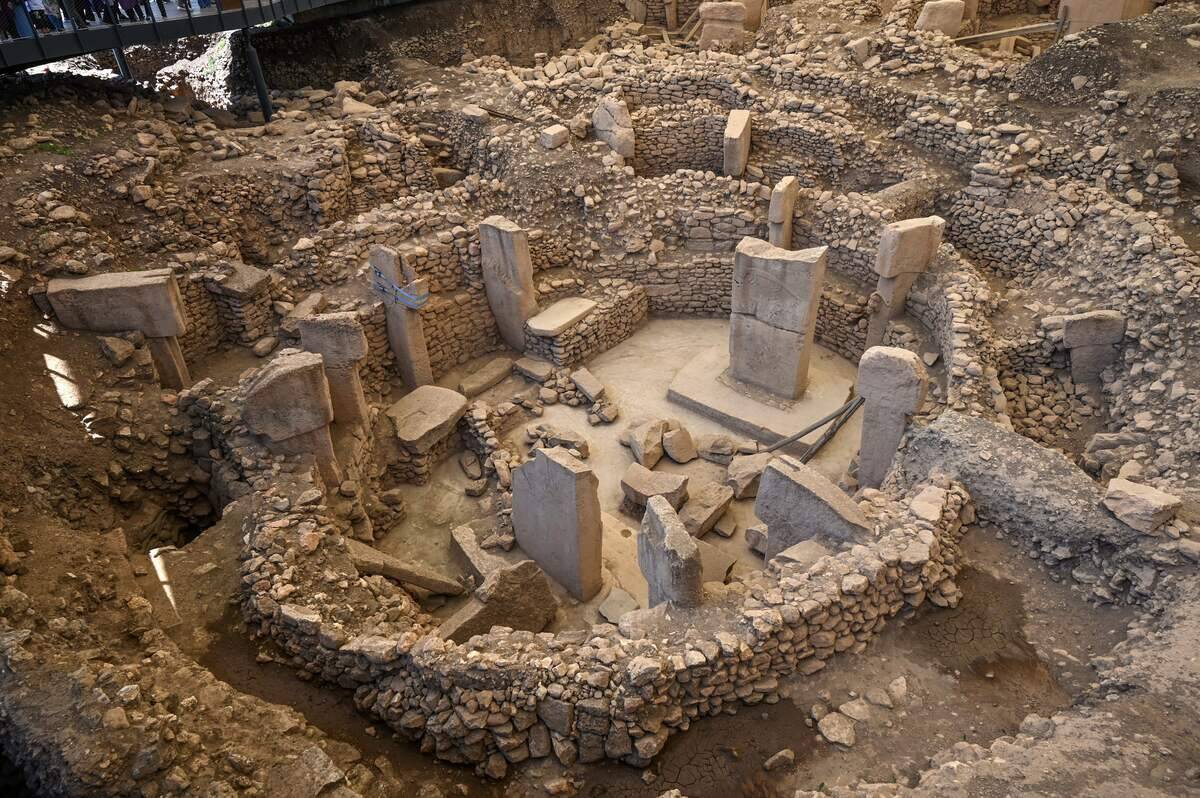
Göbekli Tepe is characterized by its large circular structures that encircle large stone pillars, or megaliths. It’s an example of Upper Mesopotamian civilization, the earliest permanent human settlement in the world.
Archaeologists have found evidence of cereal processing facilities, domestic structures, and even a water supply at Göbekli Tepe, suggesting that people lived at the site for the long haul.
Tell Qaramel, Syria: 10650-9650 BCE
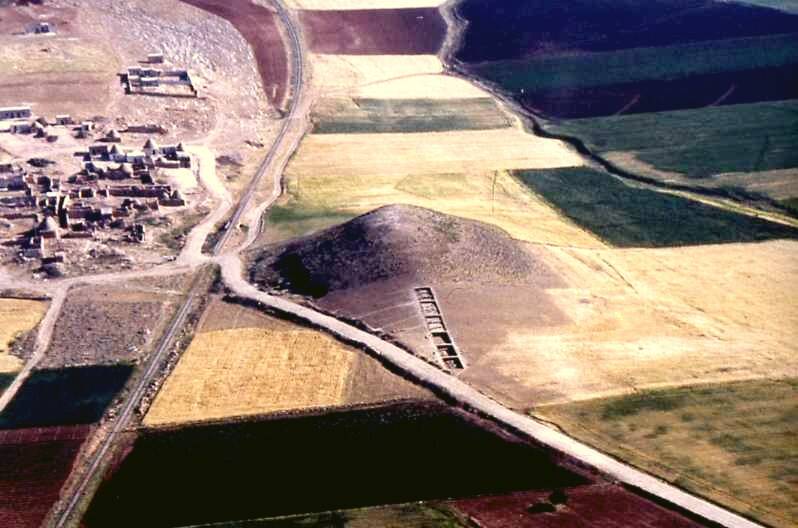
This settlement in Syria features several circular stone towers that are more 12,000 years old — the oldest such structures in the world.
It seems that the site was settled from the early Neolithic period all the way through the Hellenistic period thousands of years later.






